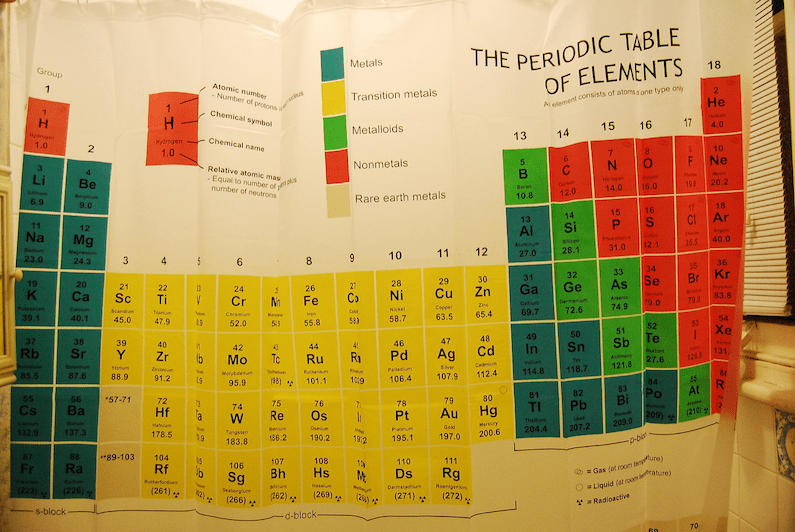What Are Rare Earth Minerals
Rare earth metals are a group of elements from the periodic table: fifteen of them are associated with the lanthanides series and two others are scandium and yttrium. These elements have unique properties that make them valuable technological components. These properties include metallurgical, magnetic, and luminescent values. These rare metals play a role in many different products, including some such as wind turbine motors that contribute to the achievement of clean, renewable energy—a major goal for most of the world.
One of the elements can be used to convert raw crude oil into gasoline and diesel—a very valuable property as these commodities become more expensive and less desirable from an ecological viewpoint. Another element has magnetic properties that have enabled the miniaturization of popular gadgets including such electronics as the iPhone. Although their names are not familiar to most of us, rare earth elements are used in everything from fiber optics and electric vehicles to guided missiles.
How Rare Are They?
Truth be told, rare minerals are not really that rare but, unlike minerals such as copper, gold, and silver, they are not found in quantities that allow them to be mined easily. Instead of forming rich veins that can easily be exploited, rare earths tend to be distributed throughout various rock types, making it hard to recover and process them. The mining process has to cover large areas of ground to obtain even small amounts of the minerals, that makes it inefficient and costly facts that are reflected in the selling prices.
In addition, the mining process itself has adverse environmental impacts: as the metals are mined, other radioactive and toxic materials such as uranium and thorium are released with consequential dangers to both human health and the environment.
Are They Worth the Effort?
Despite the ecological damage caused by the mining process, the rare earth elements are essential to the design of numerous products, many of which are associated with environmental improvements, such as clean energy and electric vehicles.
The problems inherent in the mining of the raw materials, combined with China’s dominance of the supply makes it attractive to recover rare metals from old and obsolete electronics, such as mobile phones, some computers, and electric vehicle batteries.
However, this isn’t a perfect solution either. The recovery processes used are the same as those used for recovery of metals from lithium ion batteries and involve either pyroletallurgy or hydrometallurgy. The former needs extremely high temperatures and creates toxic fumes including dioxins and carbon dioxide. The alternative, hydrometallurgy, generates corrosive waste: sodium hydroxide and sulfuric acid.
Some alternative (and radical) solutions to China’s dominance have been suggested in the past few years, ranging from proposals to mine minerals on the moon to Trump’s suggestion that America should purchase Greenland from the Danes (Greenland has large untapped deposits of rare earth metals).
The Future For Rare Earth Metals
Despite the problems associated with the mining or waste recovery of rare metals, their importance to the future development of everything from wind turbine motors to electric modes of transportation, means that considerable efforts are being put into finding ways of maximizing the value to be gained from the metals. One initiative is to try to manufacture products that use rare earths in such a way as to make it easier to extract the metals from electronic waste. Another method is to minimize the amount or rare earths that are needed in new products, limiting the call on fresh resources.
Whatever the eventual outcome, rare metals are going to be used increasingly in the future so there is every incentive to manage them to minimize any negative impacts on health and the environment.


Recent Comments